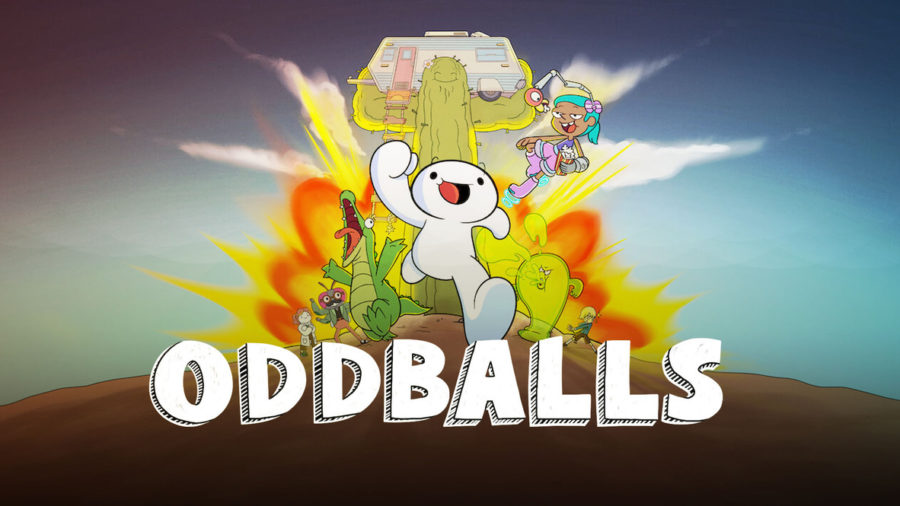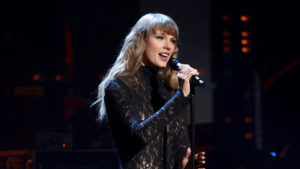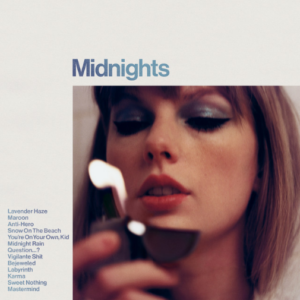From TheOdd1sOut to ‘Oddballs’
The main characters from “Oddballs” are shown, including YouTuber James Rallison’s well known TheOdd1sOut character. On his left is Max, a talking crocodile, and on his right is Echo, a girl from the future with no processed foods.
December 3, 2022
James Rallison, an animation YouTuber that has amassed over 17 million subscribers for his wacky, fun stories, has made a Netflix series called “Oddballs.” Released on Oct. 7, this animated comedy series follows cartoon James’ wild adventures with Max, a talking crocodile, and Echo, a girl from the future.
Much of the show is just James going off on tangents about things that annoy him—in the first episode, he spends almost the whole time talking about the perfect toast. While his rambling discourse of stuff he finds annoying is enough to stimulate the minds of its target younger audience, the older portion of his viewers that come from his YouTube channel might find the show to be a little formulaic, which is how it felt for me.
The basic composition of an episode was James complaining about something, trying to find a solution (but having it backfire horribly), and have it ultimately end with James accepting reality. In the first episode, he decides that he’s okay with having burnt toast since his attempts to make perfect toast created a sentient toaster child, also known as Toasty, that almost destroys his town. However, there is slight variation in this formula, like in episode 8, when the adults and children came to a compromise between risky behavior and non-risky behavior.
Something promising from “Oddballs,” though, was the continuity. In the last episode, the sentient toaster James had created (but not fully destroyed) was revealed by Echo to be the future Emperor Toasty, who will lead an uprising of kitchen appliances that will ruin food. This matches up with what Echo told James and Max earlier, which is that she came from a future where processed food didn’t exist.
Another thing to note is the character design. James has the exact same look on this show as in his YouTube channel, while some characters are entirely different species. Mr. McFly, for example, is a fly, but his species is important in the plot of the third episode, where James is overridden with guilt because he thinks he killed Mr. Mcfly’s family members. However, the conflict is, of course, resolved by the end of the episode when it’s revealed that he didn’t kill them.
Moreover, one major origin story covered in the first episode is Max’s. Max is a talking crocodile, but his childhood takes a dark turn compared to the rest of the show because his so-called parents were scientists who performed experiments on him. He attempts to take care of Toasty, from the first episode, by doing what his parents did for him—that is, by putting Toasty through difficult, pain-inducing tests while doing his best to prevent emotional attachment.
Max’s treatment of Toasty clashed with James’s preferred parenting method, which led to Toasty’s bad development, and his subsequent attempt to destroy James’s town. Max’s backstory impacts how he thinks parents should act, which affects the future and helps with the continuity of the show, what with Toasty becoming Emperor Toasty in the future.
For a Netflix show rated TV-Y7, it’s plenty enjoyable for older audiences, despite its cookie cutter episode formula. The strange everyday ramblings that James gives are enough to intrigue most, and it certainly was enough to keep me watching up until the last episode. This show might not be for everyone, but it’s definitely worth taking a chance on.









